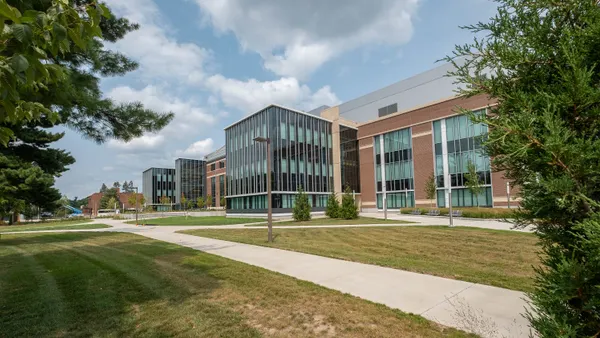Dive Brief:
- Government funding alone is not sufficient for developing economies to meet growing infrastructure needs in cities, according to a new report from Deloitte. Instead, governments will need to coordinate with the private sector and explore new financing strategies to get infrastructure projects off the ground.
- Governments spend roughly $2.5 trillion a year to build or repair transportation, water, energy, telecommunications and other infrastructure, and developing countries need $1.3 trillion more in public investment, the report found. Financing strategies like international development organizations (IDOs) can catalyze new projects, but developing governments may need complex public-private partnerships.
- The report also recommends that developing regions invest in advanced technology that could extend the life of a project or deliver more benefits to citizens.
Dive Insight:
As the world’s population shifts to cities, infrastructure becomes a bigger and bigger issue. A United Nations report released this summer found that 68% of the global population is projected to live in urban areas by 2050, up from 55% today, which could strain existing networks especially in developing regions. By 2030, the U.N. found, the world could have 43 megacities of more than 10 million inhabitants, up from 33 now. Many of those would be in fast-growing regions of Asia and Africa.
With even developed nations like the U.S. falling behind on government-backed infrastructure financing, building from the ground up to accommodate a booming population in a developing region is a heavy lift. But private dollars may also be scarce. In a statement, Michael Flynn, Global Financial Advisory leader for Deloitte, said "historically, private financing for infrastructure projects in developing economies has been limited, and investors willing to finance these projects have required higher returns."
Given those challenges, Deloitte says developing cities would do well to lean on IDOs like multilateral development banks or multi-partner donors, who can offer more money without shouldering as much of a burden. Those arrangements can offer lower-than-market-rate concessional finance and more capacity to reach other private sources. Cities may also need to layer multiple sources, including loan financing and government funds, to support their infrastructure spending in order to reduce risk.
The recommendation that cities invest in smart technology is also important — given the finance challenges that already exist, governments and investors will want to know that their dollars will go further and not be spent on projects that will crumble or become out of date. With rapid technology changes, it can be a challenge to forecast where money is best spent, but there are enough tools to fit technology around a region’s needs.










